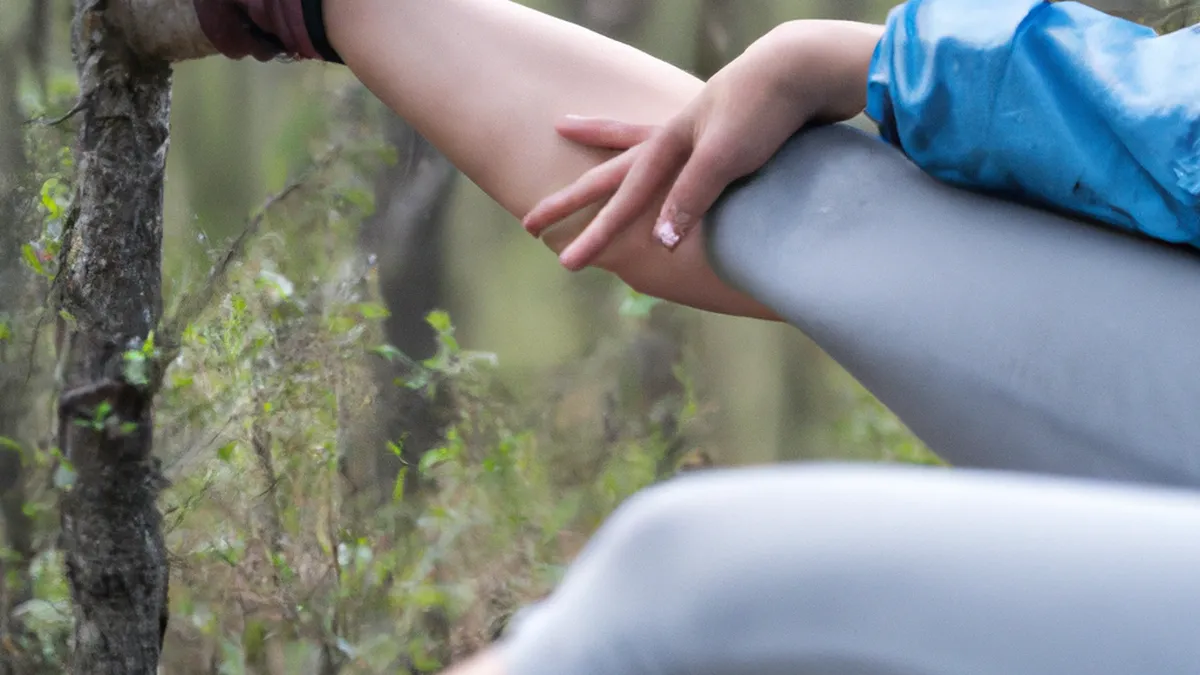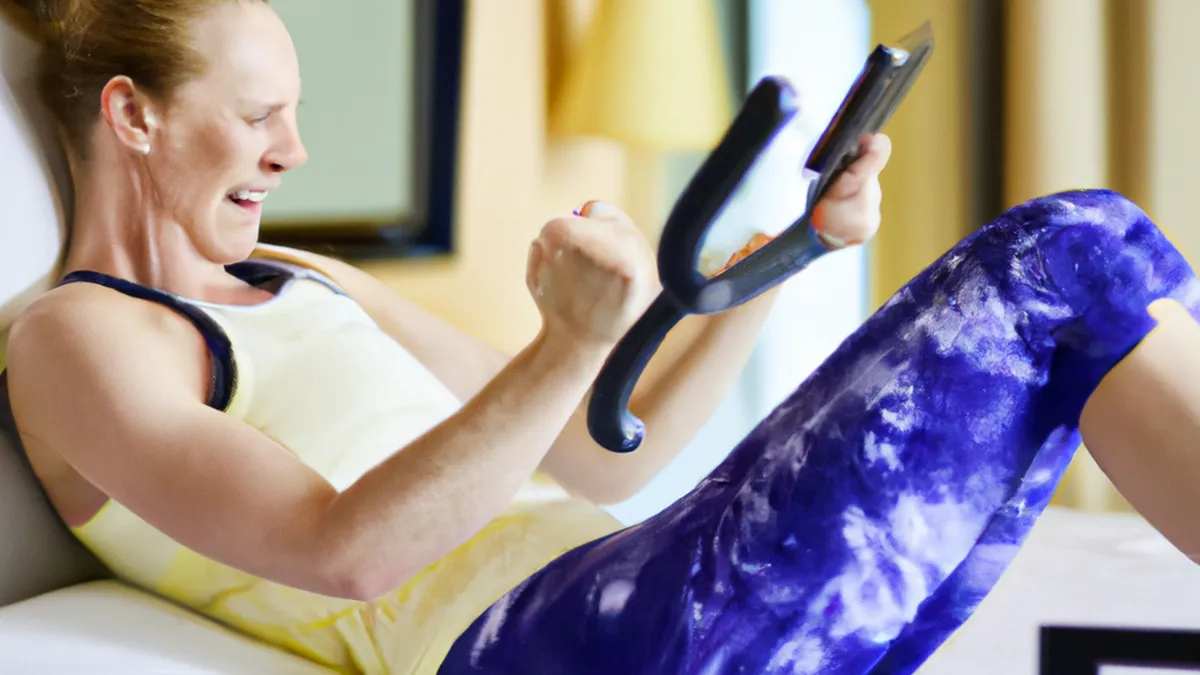8 Creative Surfaces for Soccer Drills (Kids)
Ball Control Drills Using Unconventional SurfacesMost athletes prefer traditional surfaces like grass or turf for ball control. However, training on unconventional surfaces such as sand, gravel, or indoor gym floors can enhance skills. These surfaces force players to adapt, sharpening their touch and ball management. In this post, we will explore effective ball control drills for various unconventional surfaces and highlight their benefits.
As an Amazon Associate I earn from qualifying purchases.
Gear tip: consider soccer ball, soccer cleats, and shin guards to support this topic.
Exploring Unconventional Surfaces
Unconventional training surfaces include sand pits, gravel tracks, and smooth gym floors. Each surface presents unique challenges that improve your overall skill set. For example, sand slows the ball and demands stronger muscles for balance. Gym floors can be slippery, requiring quick adjustments and precise movements. Embracing these conditions enhances adaptability, making you a more versatile player.
Benefits of Training on Unconventional Surfaces
1. **Enhanced Skill Development** Training on different surfaces forces players to modify techniques and adapt to new environments. This variability develops better coordination and precision.2. **Improved Reaction Time** Unconventional surfaces often require quicker reactions due to their unpredictable nature. This training sharpens reflexes and response times for real-game situations.3. **Increased Creativity** Adapting to different surfaces encourages creative problem-solving. Players invent new techniques to succeed, leading to innovative play.4. **Physical Conditioning** Many unconventional surfaces require more physical effort than traditional ones. Training in sand builds lower body strength, while slippery floors enhance agility.5. **Mental Toughness** Navigating unconventional surfaces builds mental resilience. Overcoming training difficulties fosters a stronger mindset for competitive situations.
Ball Control Drills for Various Surfaces
1. Sand Drills for Stability
Training in sand improves stability and strength due to its shifting nature. Try these drills:- **Basic Touches**: Stand shoulder-width apart and gently tap the ball with your foot’s inside. Focus on maintaining balance as the sand shifts. This drill develops a softer touch.- **Juggling**: Juggling the ball in the sand enhances touch and control. The unstable footing engages your core and stabilizes movements, crucial for maintaining possession.- **Passing Against a Wall**: Find a wall to practice passing. The sand slows movements, helping you develop a softer touch. Aim for accuracy as you pass.
Conclusion
Training on unconventional surfaces significantly enhances ball control. The unique challenges improve skills, adaptability, and mental toughness. Embrace these surfaces for better performance.
Below are related products based on this post:
FAQ
What are unconventional surfaces for ball control training?
Unconventional surfaces include sand, gravel, and smooth gym floors. These surfaces present unique challenges that can enhance an athlete’s skills and adaptability. Training on them forces players to modify their techniques and improve their overall coordination.
How does training on sand improve ball control?
Training on sand helps build stability and strength due to its shifting nature. It requires players to maintain balance while performing drills, which enhances their touch and control of the ball. This environment also engages the core, crucial for maintaining possession.
What are the benefits of training on unconventional surfaces?
Training on unconventional surfaces offers several benefits, including enhanced skill development, improved reaction time, and increased creativity. These surfaces challenge players physically and mentally, fostering resilience and adaptability in competitive situations.















Post Comment